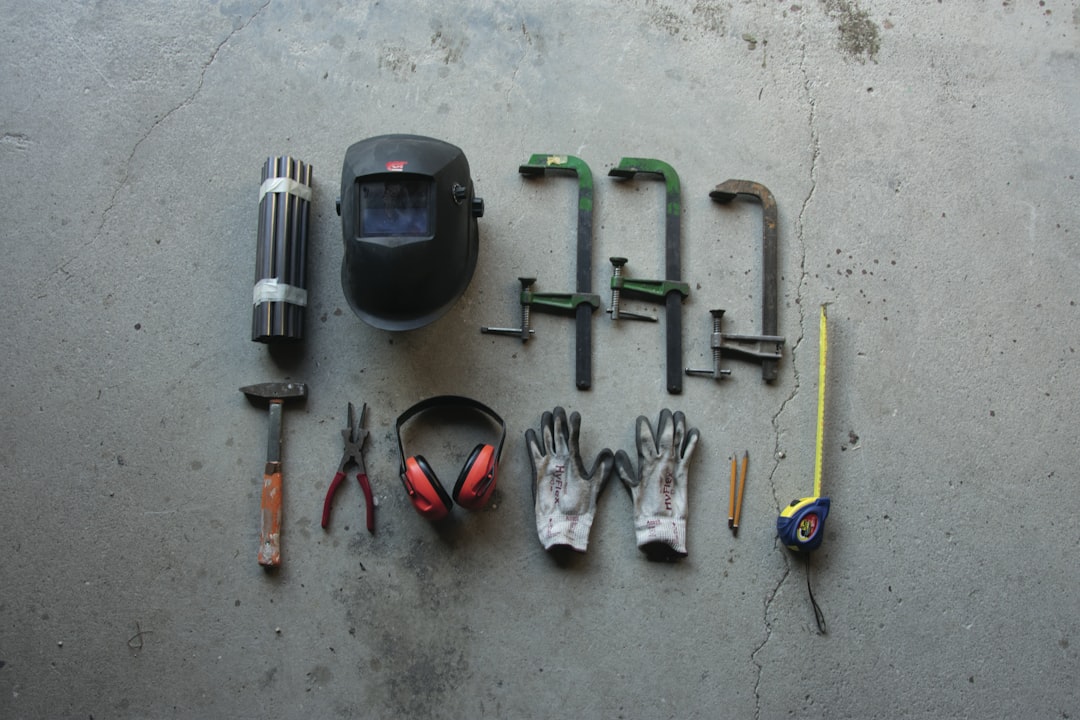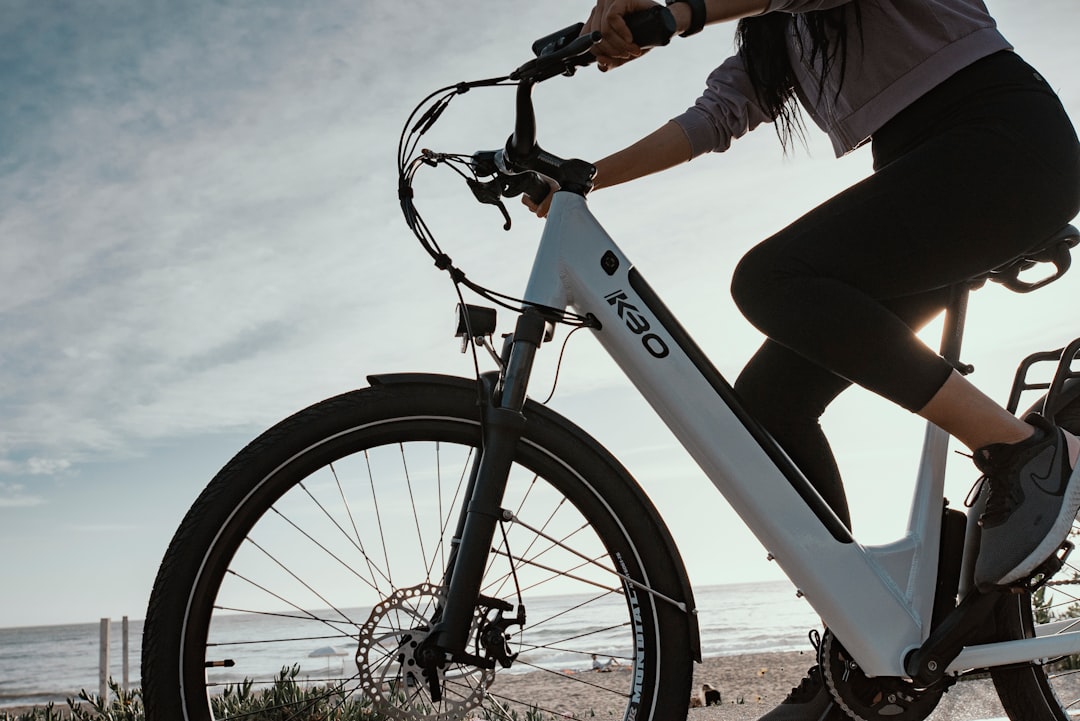
Bike handlebars go smart: pros and cons
As cycling technology continues to evolve, the humble bike handlebar is undergoing a hi-tech revolution. What was once a simple steering mechanism is now being transformed into a sleek, multi-functional smart device. From navigation tools to health monitoring systems, smart handlebars are offering riders unprecedented capabilities — but is high-tech always better when it comes to the road or trail?
Contents
TL;DR
Smart bike handlebars integrate features like navigation, lighting, fitness tracking, and safety systems directly into the rider’s grip area. They offer convenience, increased safety, and a futuristic riding experience but come with potential downsides such as cost, maintenance complexity, and limited retrofit options. For tech-minded cyclists and commuters, the advantages may outweigh the drawbacks. However, traditionalists may prefer the simplicity and reliability of analog components.
What Are Smart Handlebars?
Smart handlebars are advanced versions of traditional bike handlebars that incorporate technology such as:
- GPS navigation with turn-by-turn guidance
- Touch-sensitive panels or integrated control buttons
- Integrated lights and indicators
- Bluetooth connectivity to sync with smartphones and fitness apps
- Vibration feedback for alerts and navigation prompts
- Built-in speakers or microphones for communication and music
These smart components are designed to make riding safer, more efficient, and more enjoyable. But do they succeed in that mission for all types of riders?
Pros of Smart Handlebars
1. Enhanced Safety Features
One of the primary benefits of smart handlebars is the built-in safety technology. Turn signals embedded into the grips or ends of handlebars greatly increase visibility during lane changes or turns, especially at night or in urban traffic.
Handlebars can also integrate emergency alert systems. In case of a fall or sudden stop, some models can send your GPS location to a predetermined emergency contact.

For commuters or long-distance riders, having navigation at their fingertips — and eyes — is a huge plus. Instead of mounting a smartphone or GPS device to the handlebar, smart handlebars can deliver turn-by-turn navigation via vibration cues or onboard LED indicators. This keeps the rider’s eyes focused on the road rather than fumbling with screens.
3. Fitness and Performance Tracking
Many smart handlebars include sensors that monitor ride metrics such as speed, distance, heart rate (if paired with other devices), and even cadence. Data is then synced via Bluetooth to fitness tracking apps like Strava, Apple Health, or Google Fit.
This makes it easier for cyclists to track progress, analyze performance, and plan training routines without needing an array of external gadgets.
4. Reduced Clutter
Smart handlebars combine multiple devices — lights, bells, speedometers, and GPS units — into one streamlined piece of equipment. Cyclists looking for minimalism will appreciate fewer add-ons and wires cluttering the cockpit.
5. Integration With Smart Ecosystems
With IoT (Internet of Things) integration, some handlebars can communicate with other smart devices. Imagine locking your front door as you ride away or having your house lights turn on as you return — triggered by the bike’s location data.
Cons of Smart Handlebars
1. Cost
Perhaps the biggest hurdle to adopting smart handlebars is the price. Traditional handlebars can cost as little as $20, while smart options may range from $150 to over $500 depending on the feature set. For new cyclists or those on a budget, this puts them firmly in the “luxury” category.
2. Battery Dependency
Smart handlebars rely on rechargeable batteries. While some have long battery lives, forgetting to charge them could render crucial features — like lights or navigation — useless mid-ride. This isn’t a risk with conventional setups that operate independently.
3. Complexity and Maintenance
As with any electronic device, smart handlebars come with the risk of software bugs, firmware updates, and hardware failures. Troubleshooting a non-responsive touchscreen or a dropped Bluetooth connection is far more complicated than replacing a broken bell or light. They may also require more specialized servicing.

4. Retroactive Compatibility
Smart handlebars are typically designed for modern bikes and may not easily retrofit onto older models. Factors like stem diameter, internal wiring paths, and brake-lever compatibility can all complicate upgrades.
5. Privacy Concerns
Any device that tracks your location or syncs to the cloud raises questions about data privacy. Are your rides being logged and analyzed? Who owns that data, and how is it being secured? These are valid concerns as more cycling gear moves into the connected world.
Who Are Smart Handlebars For?
Smart handlebars aren’t for everyone — and they don’t pretend to be. So who benefits most from them? Here are a few rider profiles that stand to gain:
- Urban Commuters: Built-in lights, alerts, and navigation provide convenience and security in busy city environments.
- Fitness Enthusiasts: Cyclists looking to track performance without managing several gadgets will find smart handlebars especially helpful.
- Tech Fans: Those enthusiastic about new tech and gadgets likely appreciate the innovation of smart handlebars and explore their full functionality.
- Delivery Riders: Navigation and safety tools increase productivity and protect riders working in chaotic traffic situations.
What’s Coming Next?
As smart handlebars become more prevalent, features are rapidly evolving. Future innovations might include:
- Augmented reality (AR) overlays for real-time data visualization
- Solar-charging panels to eliminate battery dependency
- Voice command systems for hands-free control
- Enhanced haptic feedback for more intuitive alerts
We’re also likely to see improved integration between electric bike systems and smart handlebars, offering synchronized data monitoring in one cohesive dashboard interface.

Final Verdict
Smart handlebars represent an exciting chapter in bike technology, bringing features once reserved for cars and smartphones directly into the palm of cyclists’ hands. They offer a blend of safety, performance insight, and modern convenience that many riders — especially those in urban environments — will find hard to pass up.
However, for purists, casual riders, or those who prefer simplicity, these high-tech upgrades may not be worth the higher price tag and added maintenance. Like many innovations, the value of smart handlebars largely depends on how you ride and what you expect from your biking experience.
In the end, whether or not your handlebar goes smart may come down to whether you ride for sport, function, or just the pleasure of the journey.
